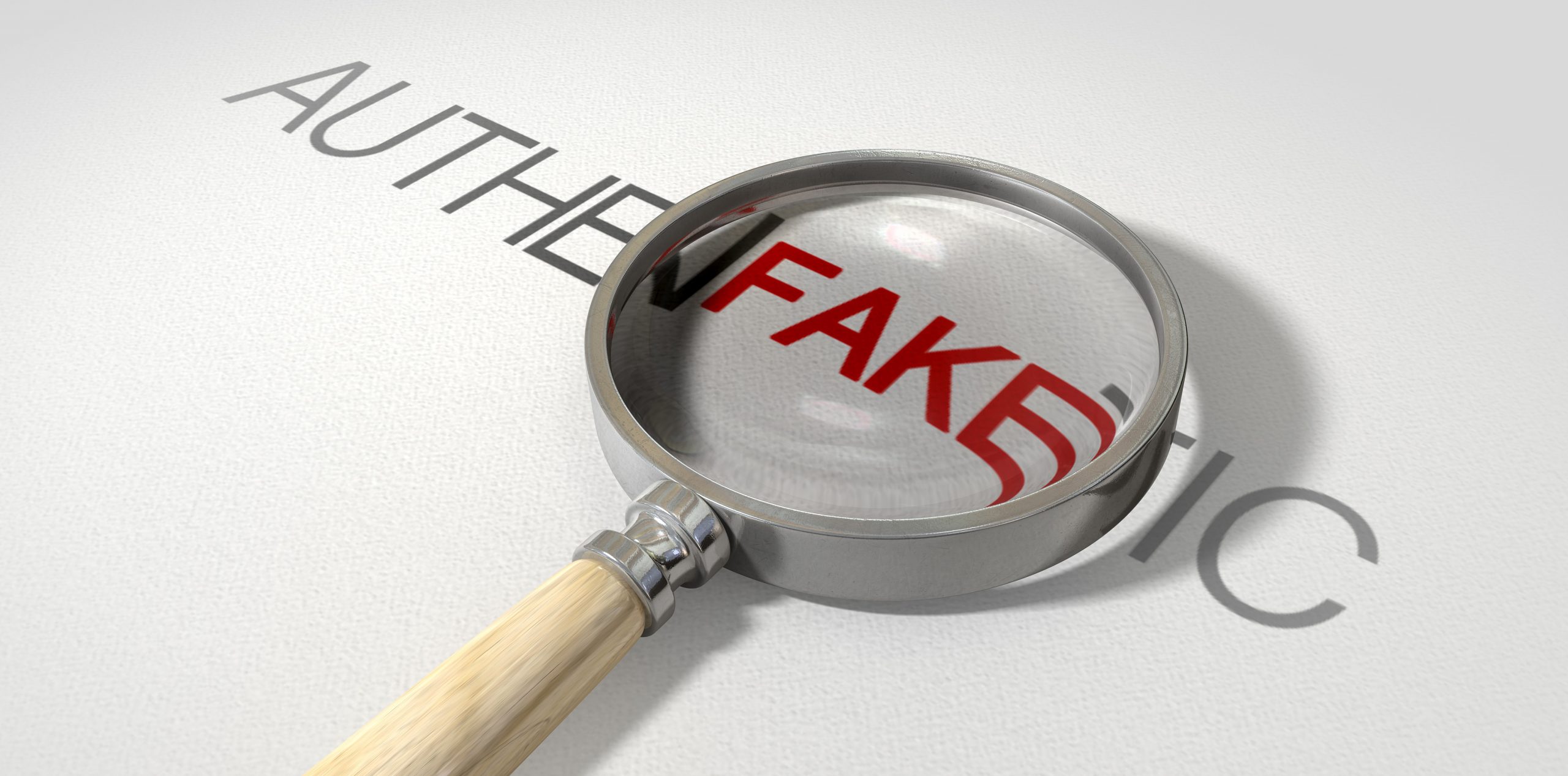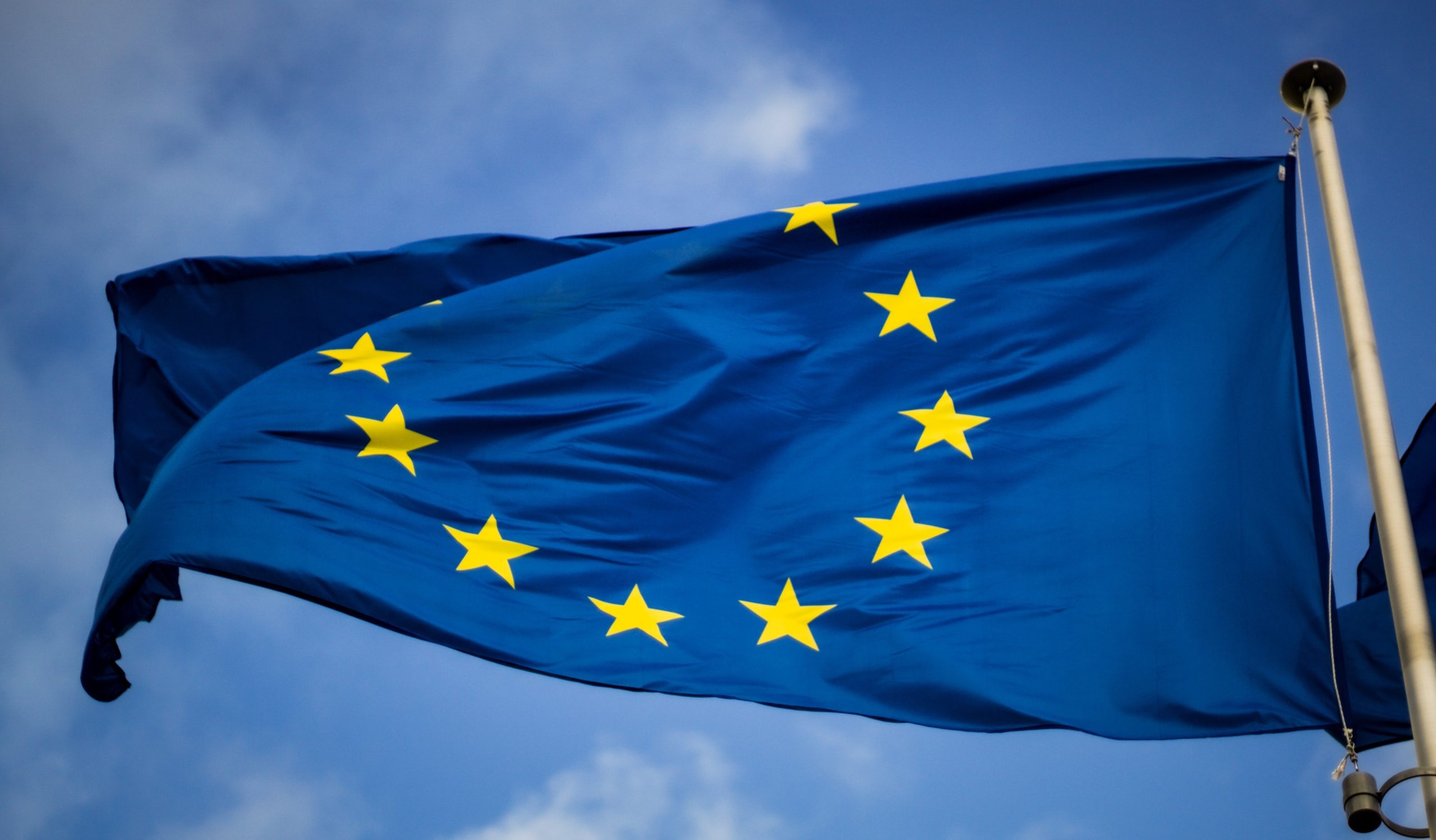Hyperlinks in websites to other websites are analogous to footnotes in books or articles. As such, they cannot be used to establish a prima facie defamation case against the website owner posting the hyperlinks. Personal information that is simply linked by the website owner to another website cannot limit the Freedom of Speech and justify a defamation action. This is among the Supreme Court of Canada’s most important and recent rulings. Crookes v. Newton, 2011 SCC 47 (October 17, 2011).
In general terms, the decision is in line with the common law rule that when a defamatory statement is published it entitles the plaintiff (the allegedly defamed person) to bring a tort action against the defendant, namely the person who defamed the plaintiff (and published the defamatory statement). However, there is a distinction: in order to be accountable, it is irrelevant how the defendant caused the material to be published. As a matter of fact, stretching this rule to its extreme consequences, this case should have had the opposite holding. The Supreme Court of Canada drew a distinction in Crookes because a defendant who simply caused publication via hyperlinks is not “publicizing” and is therefore not satisfying the publication requirement of the tort of defamation.
In short, the issue presented is whether republication via a hyperlink could be considered another publication, and actionable in tort. Can the same plaintiff bring a cause of action against a website or newspaper owner simply because he or she linked (or reported) the original declarant’s defamatory statement? The Canadian Supreme Court held that such a case is not considered “republication.”
A hyperlink is not a publication—and does not satisfy a defamation action’s publication requirement—as long as the user (the owner of the website, or user of the source) is not repeating or endorsing the content of the hyperlinked material.
Canada’s highest court dismissed the appeal, and confirmed the trial judge’s decision. In order to prove the element of publication, a plaintiff has to prove that a third party received and understood the content of the defamatory statement. Even though the traditional rule does not consider the way in which the defendant acted to cause a publication (therefore even an accidental publication is actionable), this decision created an important distinction: the mere presence of hyperlinks cannot be considered a per se presumption of liability for defamatory statements. The flow of information on the internet must be preserved.
Below is an extract of the case.
Facts are as follows: An individual owns and operates a website in British Columbia containing commentary about various issues, including free speech and the internet. One of the articles he posted online contained shallow and deep hyperlinks to other websites, which in turn contained information about the defendant. The defendant sued the Plaintiff, the website’s owner, on the basis that two of the hyperlinks connected to defamatory material. The defendant asserted that by using those hyperlinks, the plaintiff was publishing the defamatory information.
The trial judge concluded that the mere creation of a hyperlink in a website does not lead to a presumption that someone actually used the hyperlink to access the impugned words. The judge agreed that hyperlinks were analogous to footnotes since they only refer to another source without repeating it. Since there was no repetition, there was no publication. Furthermore, in the absence of evidence that anyone other than the defendant used the links and read the words to which they linked, there could not be a finding of publication—and therefore a fundamental element of the tort of defamation is still missing).
A majority of the Court of Appeal upheld the decision, finding that while some words in an article may suggest that a particular hyperlink may be an encouragement or invitation to view the impugned site, there was no such encouragement or invitation in this case. In addition, the number of “hits” on the article itself was an insufficient basis for drawing an inference in this case that a third party had read the defamatory words. The circumstantial evidence presented was too weak.
The dissenting judge held that there was publication in this case. The defendant’s website had been viewed 1,788 times; it was therefore unlikely that no one had followed the hyperlinks and read the impugned article. Furthermore, the context of the article suggested that readers were encouraged or invited to click on the links.
Hyperlinks are, in essence, references, which are fundamentally different from other acts of “publication”. Hyperlinks and references communicate that something exists, but do not, by themselves, communicate its content. They require some act on the part of the reader before he or she gains access to the content. While accessing that content is far easier with hyperlinks than with footnotes, it does not change the reality that a hyperlink, by itself, is content neutral. Furthermore, inserting a hyperlink into a text gives the author no control over the content in the secondary article to which he or she has linked.
A hyperlink by itself should never be seen as “publication” of the content to which it refers. When a person follows a hyperlink to a secondary source that contains defamatory words, the actual creator or poster of the defamatory words in the secondary material is the person who is publishing the libel. Only when a hyperlinker presents content from the hyperlinked material in a way that actually repeats the defamatory content, should that content be considered to be “published” by the hyperlinker.
For an action in defamation to succeed, the plaintiff must also satisfy the requirements of the second component of publication, namely that a third party received and understood the defamatory information. This requirement can be satisfied either by adducing direct evidence or by asking the court to draw an inference based on, notably, whether the link was user-activated or automatic; whether it was a deep or a shallow link; whether the page contained more than one hyperlink and, if so, where the impugned link was located in relation to others; the context in which the link was presented to users; the number of hits on the page containing the hyperlink; the number of hits on the page containing the linked information (both before and after the page containing the link was posted); whether access to the websites in question was general or restricted; whether changes were made to the linked information and, if so, how they correlate with the number of hits on the page containing that information; and evidence concerning the behavior of Internet users. Once the plaintiff establishes prima facie liability for defamation, the defendant can invoke any available defenses.
Here, the defendant acted as more than a mere conduit in making the hyperlinked information available. His action was deliberate. However, weighing the totality of the circumstances it cannot be inferred that the first, shallow hyperlink made the defamatory content readily available. The various articles were not placed on defendant’s site’s home page and they had separate addresses. The fact that the reader had to take further action in order to find the defamatory material constituted a meaningful barrier to reader’s receipt of the linked information. The second, deep hyperlink, however, did make the content readily available. All the reader had to do to gain access to the article was to click on the link, which does not constitute a barrier to the availability of the material. Thus, plaintiff had actually satisfied the requirement of the first component of publication on a balance of probabilities where this link is concerned. However, the nature of defendant’s article, the way the various links were presented, and the number of hits on the article do not support an inference that the allegedly defamatory information was brought to the knowledge of some third person.
The defamation action with respect to either of the impugned hyperlinks cannot succeed.


